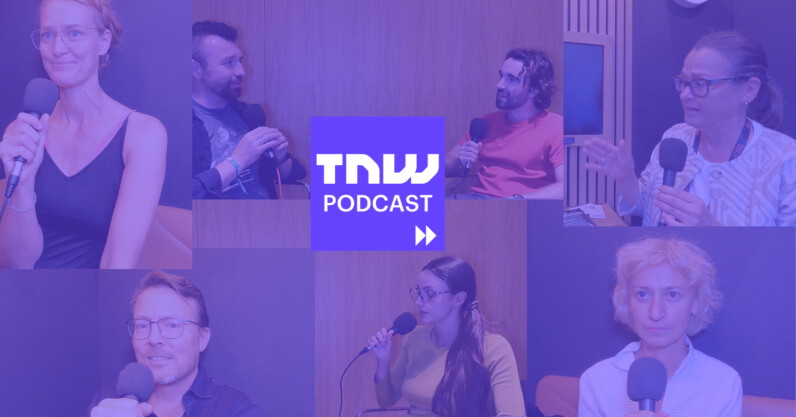Cruise wasn’t hiding the pedestrian-dragging video from regulators — it just had bad internet
Cruise, the self-driving car subsidiary of General Motors, tried to send a 45-second video to regulators of an incident in which one of its driverless cars dragged a pedestrian 20 feet but was hampered by “internet connectivity issues,” according to a report compiled by a law firm investigating the incident.
The law firm, Quinn Emanuel Urquhart & Sullivan, was hired by Cruise to determine whether its executives misled regulators in the aftermath of the October 2nd incident in which a hit-and-run driver struck a pedestrian, knocking her into the path of a driverless Cruise vehicle. Its conclusions were detailed in a nearly 200-page report that was released today.
Cruise also disclosed for the first time that the incident was under investigation by the Department of Justice and the Securities and Exchange Commission.
In response to the crash, the California Department of Motor Vehicles suspended Cruise’s license to operate its vehicles in the state. The department also accused the company of withholding portions of the video of the incident that showed its vehicle dragging the pedestrian to the curb in an attempt to pull over. Cruise denies the allegation, claiming it showed the agency the whole video.
“Internet connectivity issues”
The law firm’s report appears to support both claims. The firm concludes that “the weight of the evidence” confirms that Cruise “played or attempted to play the Full Video” depicting its car dragging the woman to the curb in its October 3rd briefing with regulators and other government officials.
“However, in three of these meetings, internet connectivity issues likely precluded or hampered them from seeing the Full Video clearly and fully,” the report states. “And Cruise failed to augment the Full Video by affirmatively pointing out the pullover maneuver and dragging of the pedestrian.”
Over 100 Cruise employees were aware of the pedestrian-dragging incident prior to the October 3rd meeting with the San Francisco mayor’s office, the National Highway Traffic Safety Administration, the DMV, and other government officials. But Cruise said nothing about the pedestrian being dragged, instead “letting the video speak for itself.” A bad internet connection prevented that from happening.
“Because Cruise adopted that approach, it did not verbally point out these facts,” the firm says.
In the immediate hours after the incident, some Cruise employees were unaware that the vehicle dragged the pedestrian while attempting to pull over and issued a press statement and began sharing an early video with journalists. But after becoming aware, Cruise failed to update its statement or share the full video of the incident.
Cruise said nothing about the pedestrian being dragged, preferring to let the video speak for itself
Likewise, Cruise’s leadership was “fixated” on correcting the media narrative that the Cruise vehicle, and not the hit-and-run driver, had caused the accident. This “myopic focus” led the company to omit details about the role its own vehicle played in injuring the pedestrian. Cruise’s failure to correct the record led regulators and the media to accuse the company of misleading them, the firm states.
Largely, a culture of antagonism toward regulators at Cruise helped contribute to these failings. In its interviews with employees, Cruise “observed too much of an ‘us versus them’ attitude… which is not indicative of a healthy, mutually productive relationship,” says the Quinn Emanuel report.
The firm says it is a “fundamentally flawed approach” to assume a video can “speak for itself” and remove the need to disclose all details to regulators and government officials. “As one Cruise employee stated in a text message to another employee about this matter, our ‘leaders have failed us,’” the report states.
A number of executives have resigned in the wake of the incident, including co-founders Kyle Vogt and Dan Kan. The company paused its driverless operations nationwide, appointed a new chief safety officer, and recalled all 950 of its vehicles. Nearly a quarter of Cruise employees have been laid off as GM pulls back on some of the company’s funding.
“We are focused on advancing our technology and earning back public trust,” Cruise said in a blog post in response to the report.


